The race card. Say no more
American cop beating the hell out of a black man as another looks on in New York
What’s with this current obsession with racism? American police shooting blacks. Black football players being taunted. Racism has been there throughout the ages and isn’t going to go away anytime soon.
Young Zimbabweans studying or given military training in the former Soviet Union and China were discriminated against by their hosts. Muscovites called the underground train station that carried African students to the Patrice Lumumba University by the nickname ‘Zoo Park.’ Students in China were not allowed to mix with locals, and especially not Chinese girls.
Much of this might come from sheer ignorance.
From Mutoko Madness, page 167, a memoir by Angus Shaw.
“Mr Mugabe went off on one of his trips to China. Elton Mutasa, a reporter on The Herald, was sent in the VIP entourage. He told us that one of the Chinese interpreters wanted to touch his hair to see if it was made of wire and asked why there weren’t any drums on the luggage carousel. Drums. That’s how you communicate in Africa, isn’t it? the interpreter/minder wanted to know.”
Back in 1959, white Texan journalist John Howard Griffin took medical pigments to turn his skin black. In his book ‘Black Like Me’ he described what he called getting “the hate stare” and how, when hitch hiking, drivers who didn’t ignore him on the roadside showed an alarming and morbid “curiosity about the sexual life of the Negro,” he wrote.
Working as a shoeshine boy outside a five star hotel, he was asked if there were any prostitutes working in the area. Every black man was seen as potential source of transgression under the law, he said. The author later became deeply depressed by his research and questioned the very basis and worth of his experiment, saying a Middle Class white man playing black could never understand the true alienation of the racial divide.
This was about five years before Martin Luther King’s famous civil rights march in Selma, Alabama, celebrated on its 50th anniversary recently and by the release of a new movie, Selma, starring David Oyelowo, a British actor of Nigerian descent, as Martin Luther King Jnr. Interestingly, the film does not use the most famous phrase in the history of race relations “I have a dream” which is copyrighted by Martin Luther King’s “famously litigious descendants,” according to the producers.
Neil Patrick Harris, host compere at this year’s Academy Awards Oscars in Los Angeles described the distinctive statuette trophies as “the best and whitest” credits offered by Hollywood this time. Selma missed out on the Best Picture nomination, as did best the director nomination for Ava DuVerney, who is also black. Oscar apologists said Selma wasn’t released in time for proper adjudication
That is as may be. More than a century ago, West Indian and Mexican migrants started taking marijuana with them to U.S. ports along the Gulf of Mexico — most notably New Orleans, where the media began associating cannabis use with “jazz musicians, blacks and prostitutes.”
The Federal Bureau of Narcotics kept files on jazz musicians titled “Marijuana and Musicians” who played alongside Louis Armstrong, Count Basie, and Duke Ellington, the greatest jazz players of the day. It published a report: “Marijuana: Assassin of Youth” in 1937.
“Marijuana is the most violence-causing drug in the history of mankind,” the U.S Congress was told then. “Most marijuana smokers are Negroes, Hispanics, Filipinos and entertainers. Their satanic music, jazz and swing, results from marijuana usage.”
Say no more? It’s enough already.


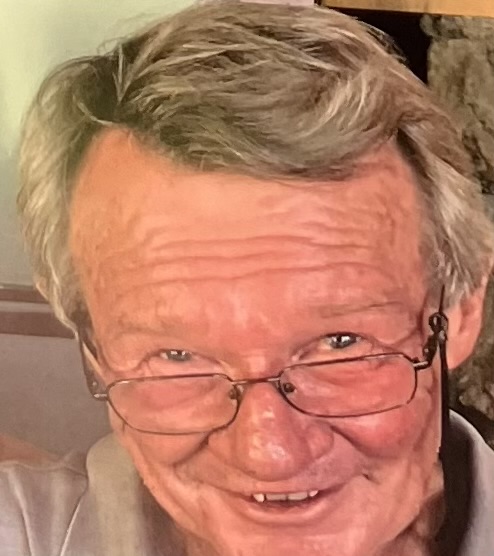
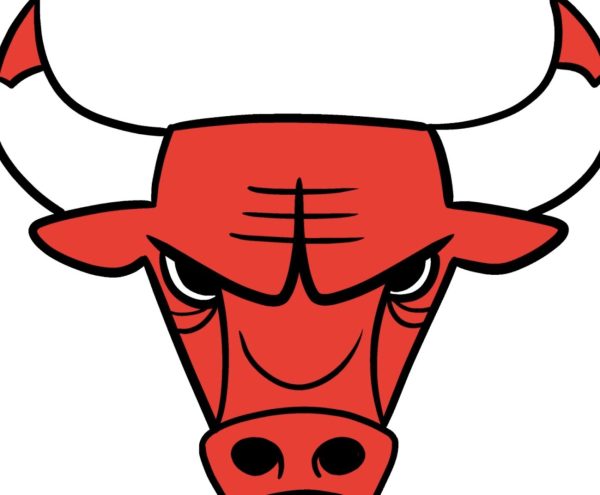


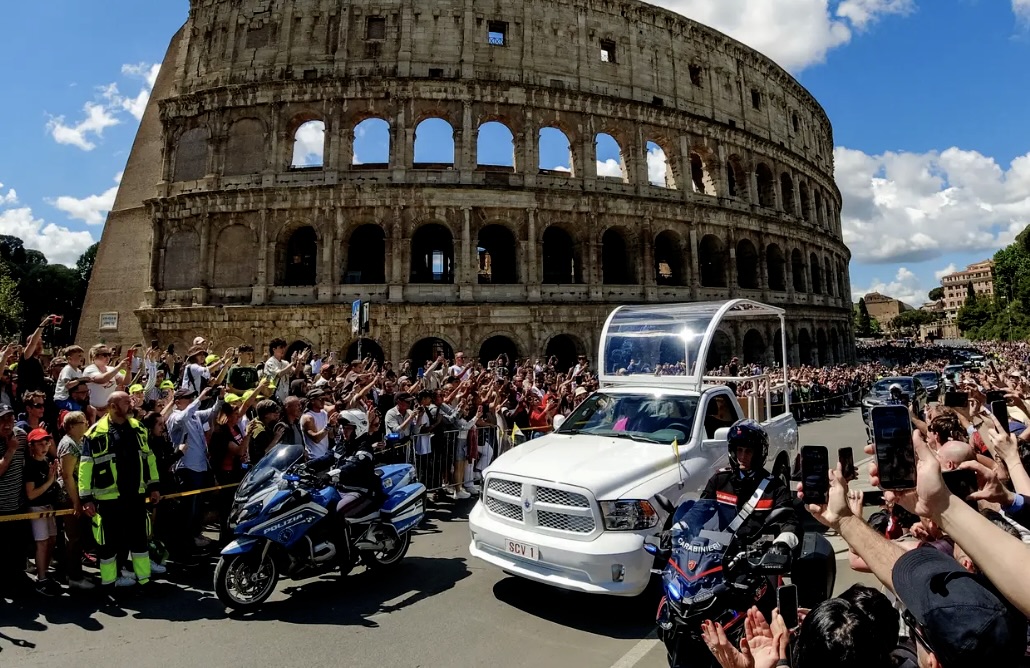

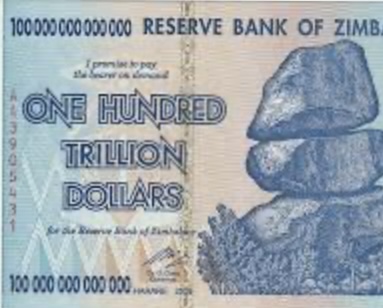
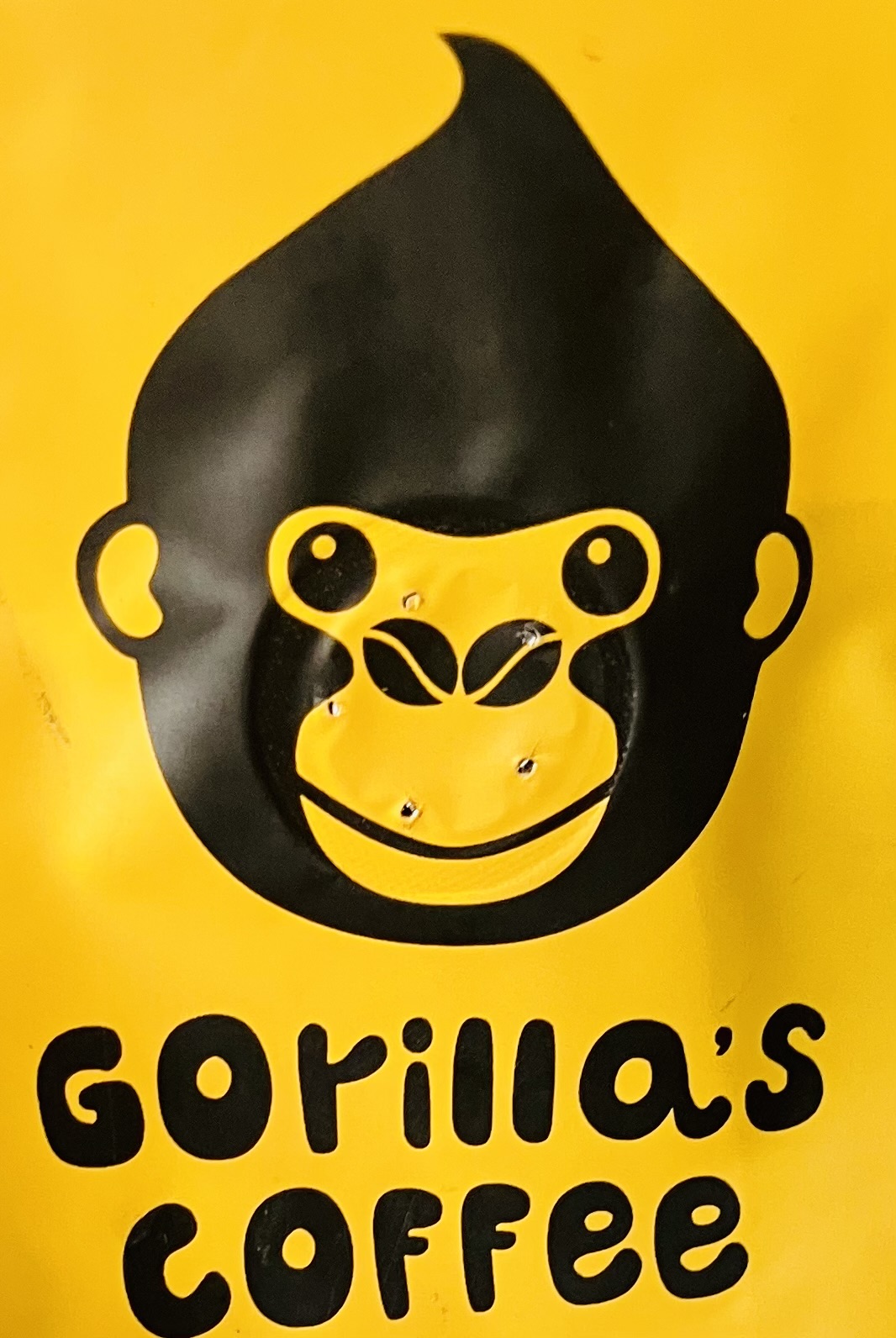

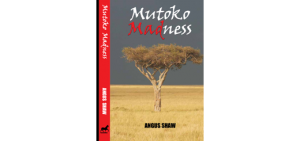
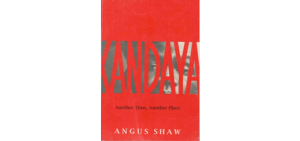
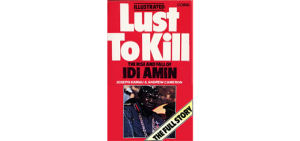
Its difficult to have an honest coversation about race….half the white population are scared to admit racism, the rest want to ignore it…. we have to have this coversations, especially now in africa when the white minority has now become a target…